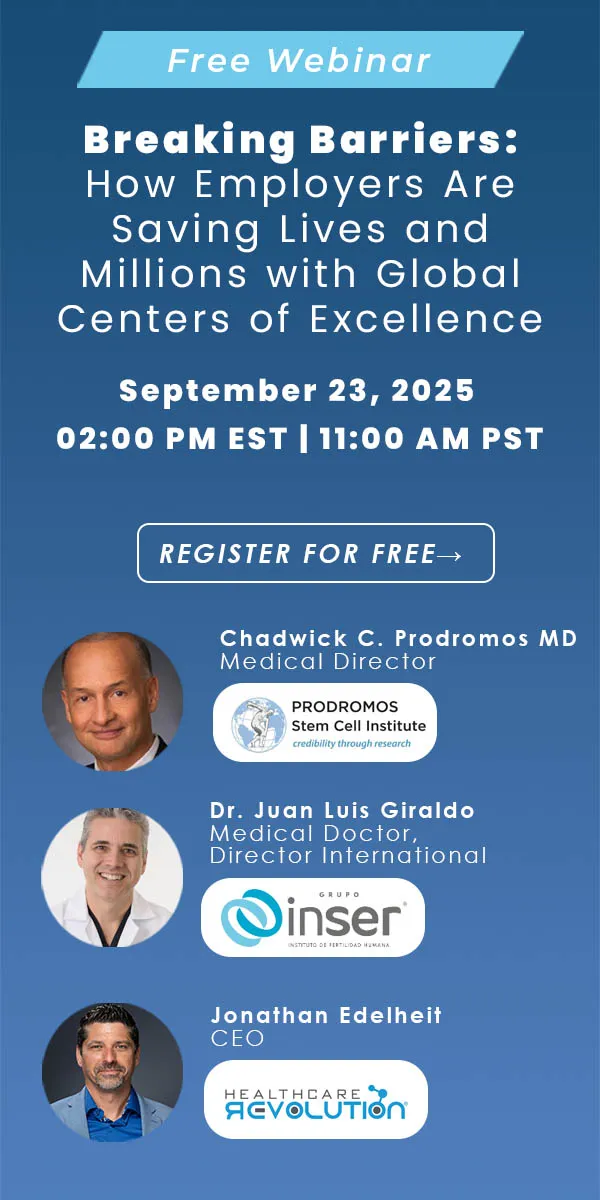In today's fast-paced corporate world, employee wellbeing is of utmost importance. The success of a company is directly linked to the overall health and happiness of its employees. As a result, corporate wellness programs have gained traction among industry professionals, seeking to improve the health and productivity of their workforce. However, to maximize the benefits of these programs, it is crucial to effectively evaluate and report on their outcomes. In this article, we will discuss the art of corporate wellness program evaluation and reporting, and how acquiring the Certified Corporate Wellness Specialist certification can enhance your skills in this area.
I. Establishing Clear Goals and Objectives
Before diving into the evaluation process, it is essential to establish clear goals and objectives for your corporate wellness program. These goals should be specific, measurable, achievable, relevant, and time-bound (SMART). By setting SMART goals, you can more easily track your program's progress and measure its success against predetermined benchmarks. Furthermore, having well-defined objectives will help employees understand the purpose and desired outcomes of the program, increasing their motivation to participate and engage with the initiatives.
II. Designing a Comprehensive Wellness Program
A successful corporate wellness program should address multiple aspects of employee wellbeing, including physical, mental, and social health. Designing a comprehensive program that offers various initiatives, such as fitness classes, stress management workshops, and team-building activities, will cater to the diverse needs and preferences of your workforce. Additionally, incorporating incentives, such as rewards or recognition, can increase employee engagement and motivate them to adopt healthier habits.
III. Identifying Key Performance Indicators (KPIs)
To evaluate the effectiveness of your wellness program, you will need to identify the key performance indicators (KPIs) that are most relevant to your organization's goals. These KPIs can include employee engagement, program participation rates, changes in health risk factors, and reductions in healthcare costs. By monitoring these KPIs, you can determine whether your program is on track to achieve its goals. Regularly reviewing your KPIs will also help you identify any areas that may need improvement, allowing you to adapt your program accordingly.
IV. Data Collection and Analysis
Effective evaluation and reporting require accurate and reliable data. Collecting data from various sources, such as employee health assessments, biometric screenings, and program participation records, will provide you with a comprehensive view of your program's performance. To ensure the accuracy of your data, it is essential to use standardized tools and methods for data collection, as well as to maintain strict confidentiality and data privacy protocols.
When analyzing the data, consider using both quantitative and qualitative methods. Quantitative data analysis, such as statistical comparisons or trend analysis, can help you identify patterns and measure the impact of your program. Qualitative data analysis, such as employee surveys or focus groups, can provide insights into the subjective experiences and perceptions of your employees, helping you better understand their needs and preferences.
V. Reporting Results
Once you have collected and analyzed the data, it is essential to communicate the results to stakeholders in a clear, concise, and compelling manner. A well-structured report should include:
- An executive summary that highlights key findings and recommendations.
- A detailed description of the program's goals, objectives, and KPIs.
- A thorough analysis of the data, including charts, graphs, and tables to support your findings.
- A discussion of the program's strengths, weaknesses, and areas for improvement.
- Recommendations for future program enhancements.
Make sure to tailor your report to your target audience, whether it be senior management, human resources, or employees. Providing actionable insights and recommendations will help your organization understand the value of the program and support its continued growth and development.
VI. Continuous Improvement
Corporate wellness program evaluation and reporting should not be a one-time event. Instead, it should be an ongoing process that allows you to continuously refine and improve your program to better meet the needs of your employees. By regularly reviewing your program's performance, you can identify areas for improvement and implement changes that lead to better outcomes for your organization and its employees.
One way to ensure continuous improvement is by incorporating employee feedback into the evaluation process. Encourage open communication and create channels for employees to share their opinions, suggestions, and concerns about the program. This feedback can be invaluable for identifying areas that need improvement, as well as for recognizing successful initiatives that should be expanded or replicated.
VII. Collaborating with Experts and Professionals
To further enhance your corporate wellness program evaluation and reporting skills, consider collaborating with experts and professionals in the field. Networking with other industry professionals can provide valuable insights, best practices, and innovative ideas for improving your program. Additionally, partnering with external wellness providers, such as health coaches, nutritionists, or fitness instructors, can bring specialized expertise and resources to your program, further supporting its success.
Mastering the art of corporate wellness program evaluation and reporting is essential for industry professionals who want to maximize the benefits of their wellness initiatives. By establishing clear goals, designing a comprehensive program, identifying relevant KPIs, collecting and analyzing data, effectively communicating results, and committing to continuous improvement, you can ensure that your program is on track to achieve its objectives and improve the health and productivity of your workforce.
If you're looking to enhance your skills in corporate wellness program evaluation and reporting, consider obtaining the Certified Corporate Wellness Specialist certification offered by the Corporate Health & Wellness Association. As the leading training and certification program for individuals in corporate wellbeing, this certification can help you develop the knowledge and skills needed to successfully evaluate and report on your organization's wellness initiatives. To learn more, visit https://www.corporatewellnesscertification.com/.







